What actually is a SCOBY?
You've probably already wondered what the word SCOBY stands for or where it comes from. SCOBY is the English abbreviation for SYMBIOTIC CULTURE OF BACTERIA AND YEASTS . Simply put, a symbiosis of bacteria and yeasts.
For centuries, the term “Kombucha tea fungus” has been established in society alongside the word SCOBY. It's not a real mushroom at all.What is a Scoby made of and how is it constructed?
The Scoby is actually not a real tea fungus. In botanical terms, it is a lichen, a whitish-beige substance composed of yeast and bacteria, rather than a fungus. This substance, in turn, is held together by cellulose. The yeasts and bacteria live in a community, so to speak, and benefit each other. Yeasts, for example, produce alcohol, which in turn feeds bacteria, which then produce valuable organic acids from alcohol and oxygen.
While Scobys come in many different visual variations, they are usually round like a pancake and slightly gooey in texture. Its surface can be smooth, but also very uneven. During the fermentation process, holes or small bulges can also appear in the Scoby - this is completely normal! Depending on the liquid content, the composition of the Kombucha tea fungus is either more or less glassy.
How does a Scoby work?
The Kombucha tea fungus first spreads over the surface of the so-called nutrient solution. He wants to get as much oxygen as possible first. This will thicken the underlying tea fungus culture or a new scoby will form. The scoby always forms new layers that are close together and thus becomes thicker and thicker. In some cases, the scoby will sink to the bottom of the fermenter. A new tea fungus will then form on the surface and the scoby at the bottom of the vessel will stop growing.
We explain how you can breed your own Scoby with a little patience, the right ingredients and very simple equipment!
You need:
- 1 large glass jar with a wide opening – rinse well without washing-up liquid! (Vinegar is a handy cleaner)
- Tea – e.g. green tea, black tea (without flavourings/artificial additives)
- Organic raw cane sugar
- Water – preferably filtered
- unpasteurized kombucha (e.g. Kombucha Original )
- 1 breathable clean drape
- Environment for the Scoby: 1 room with a temperature between 20 and 30 degrees
And here we go:
- Boil tea with cane sugar for 8 to 10 minutes (8g tea per liter / 60g organic cane sugar per liter)
- Put the tea-sugar mixture in the glass container and let it cool down overnight . Important: Cover the glass with the air-permeable, clean cloth and fasten it with a rubber band or band !
- The sugar should now be completely dissolved
- Now the unpasteurized Kombucha can finally be added in a ratio of 1 to 10
- Then reattach the drape securely to the jar and place the jar in a safe place

Depending on the conditions, it can take 7 to 21 days for the kombucha fungus to form all by itself. At first it looks as if small foam bubbles are forming on the surface of the liquid. Over time, these become denser until the Scoby can be seen.

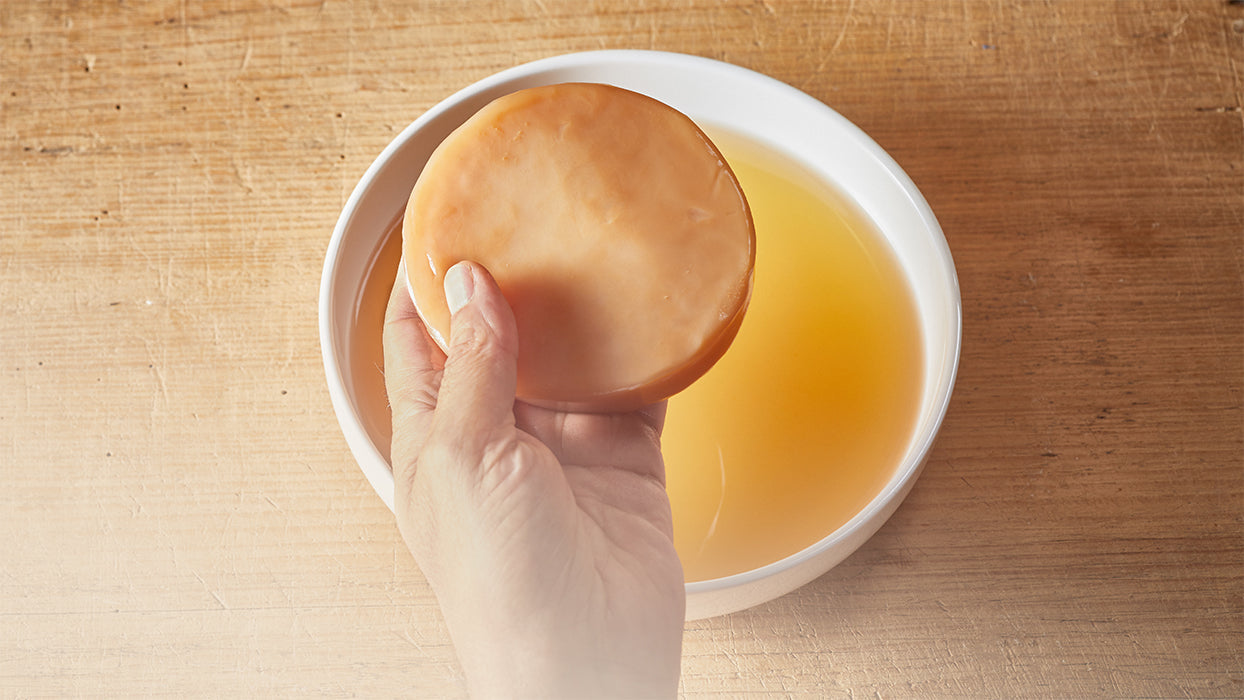




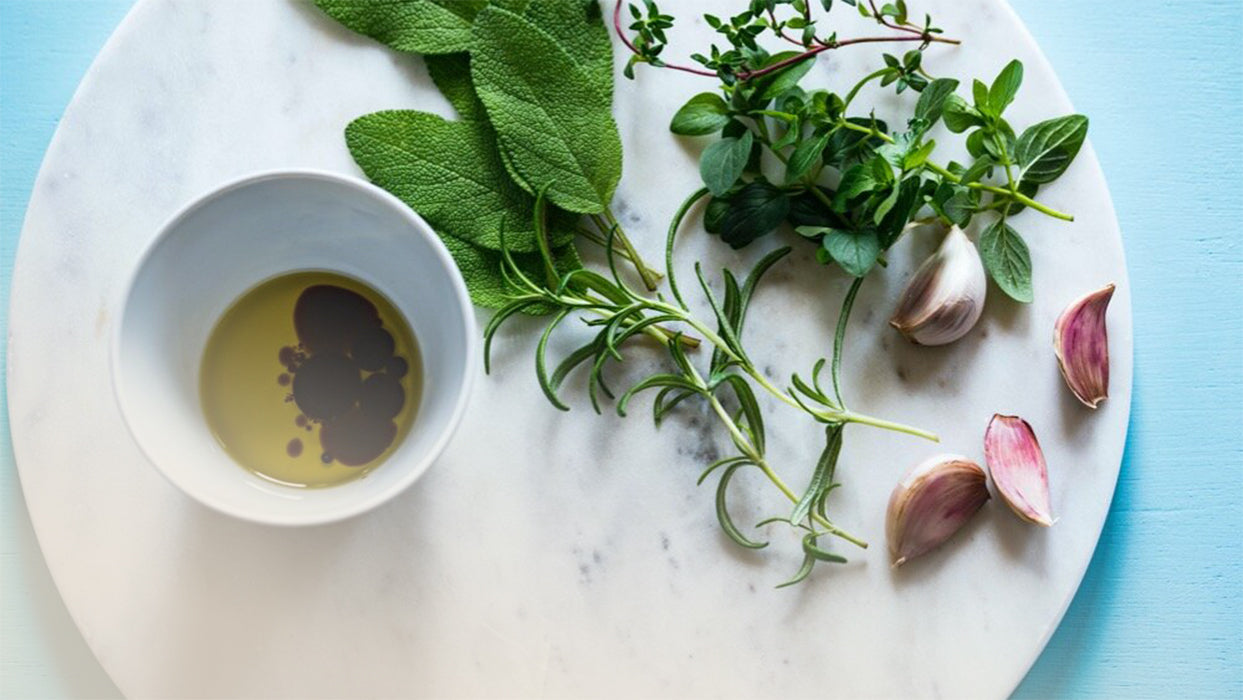


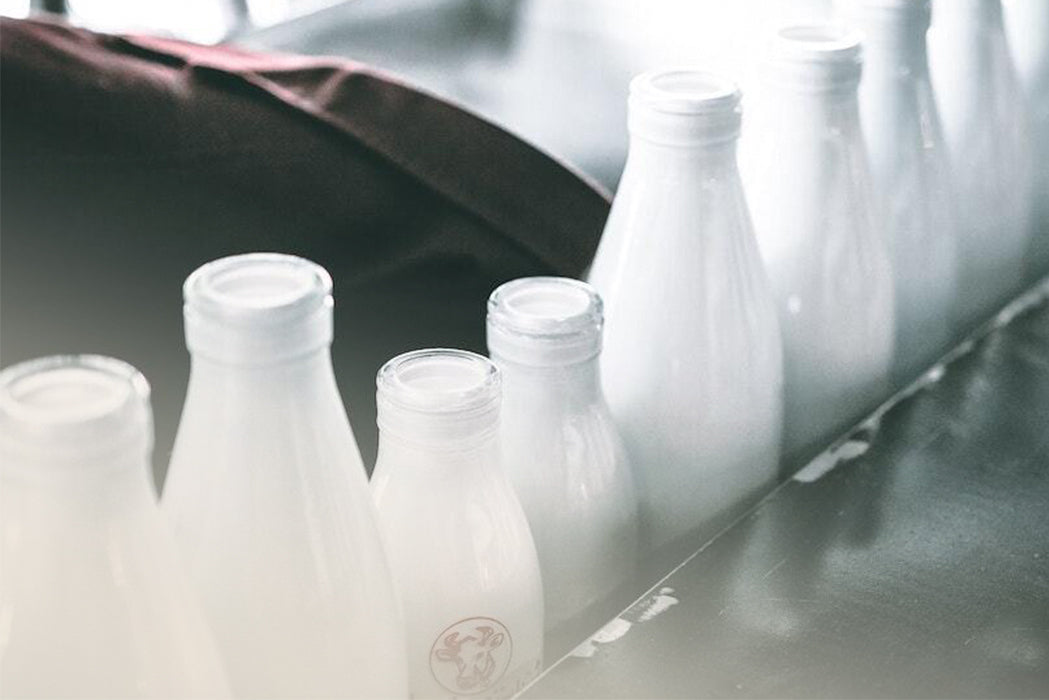
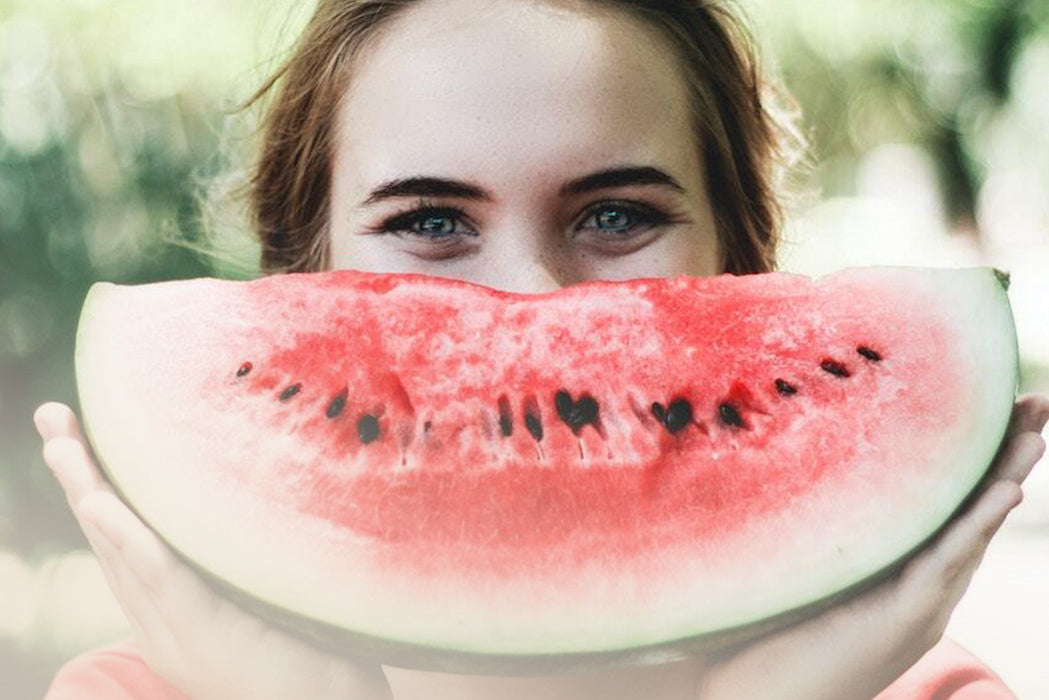
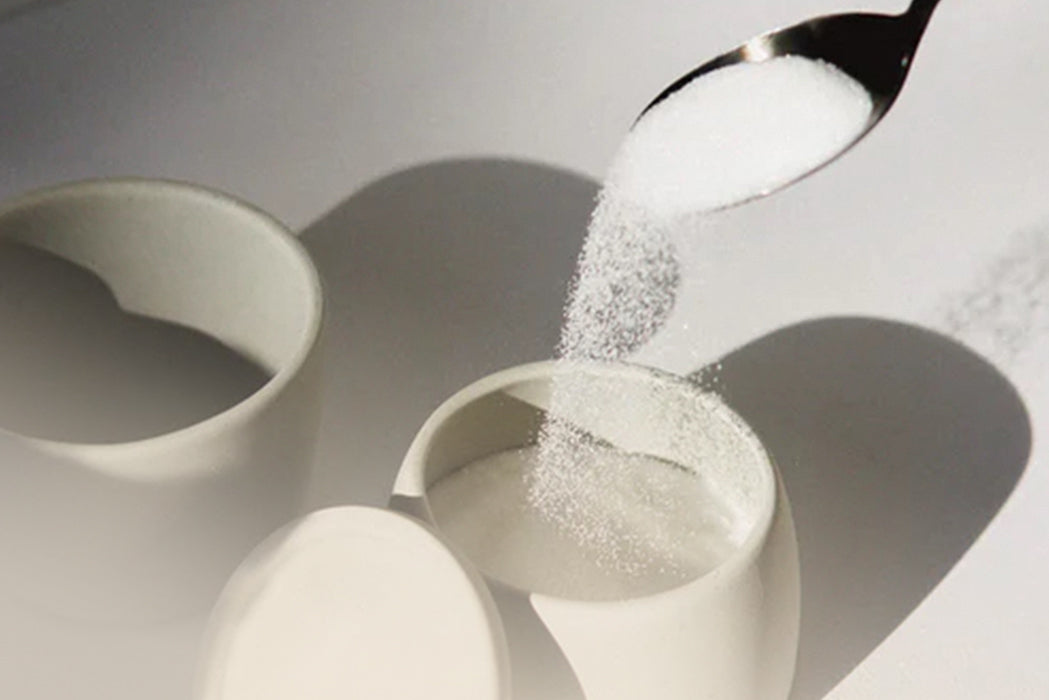
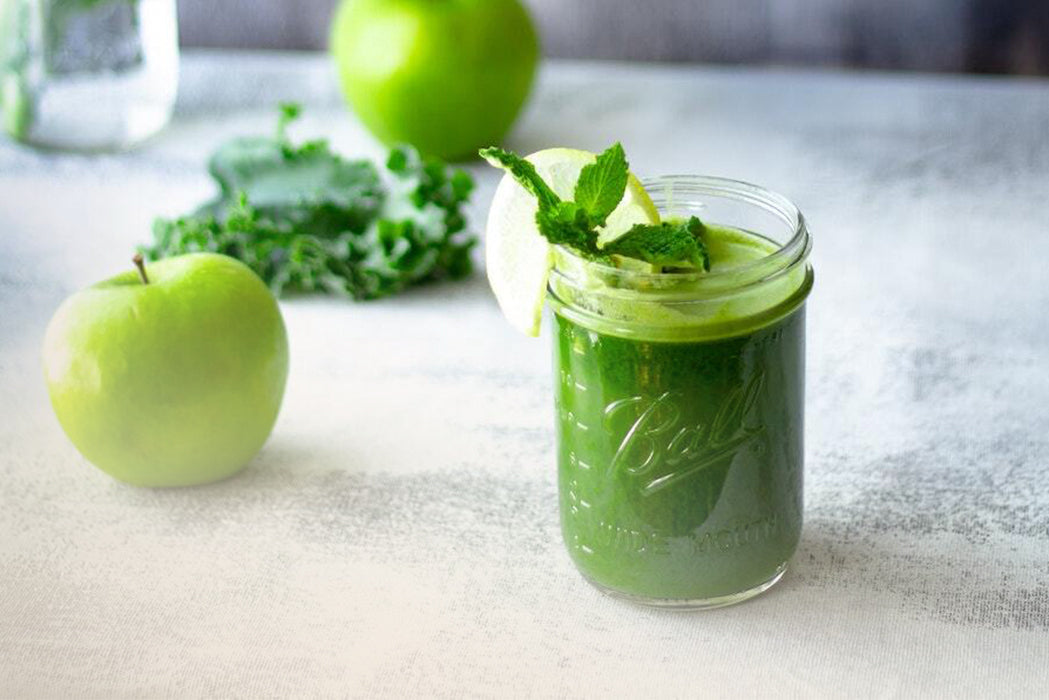
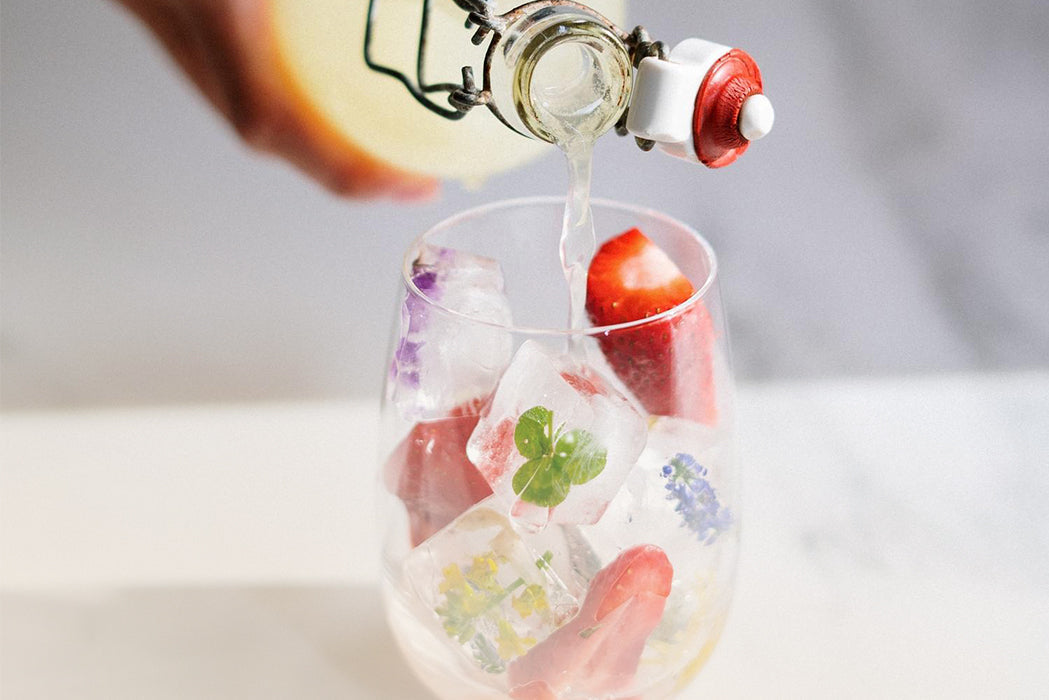
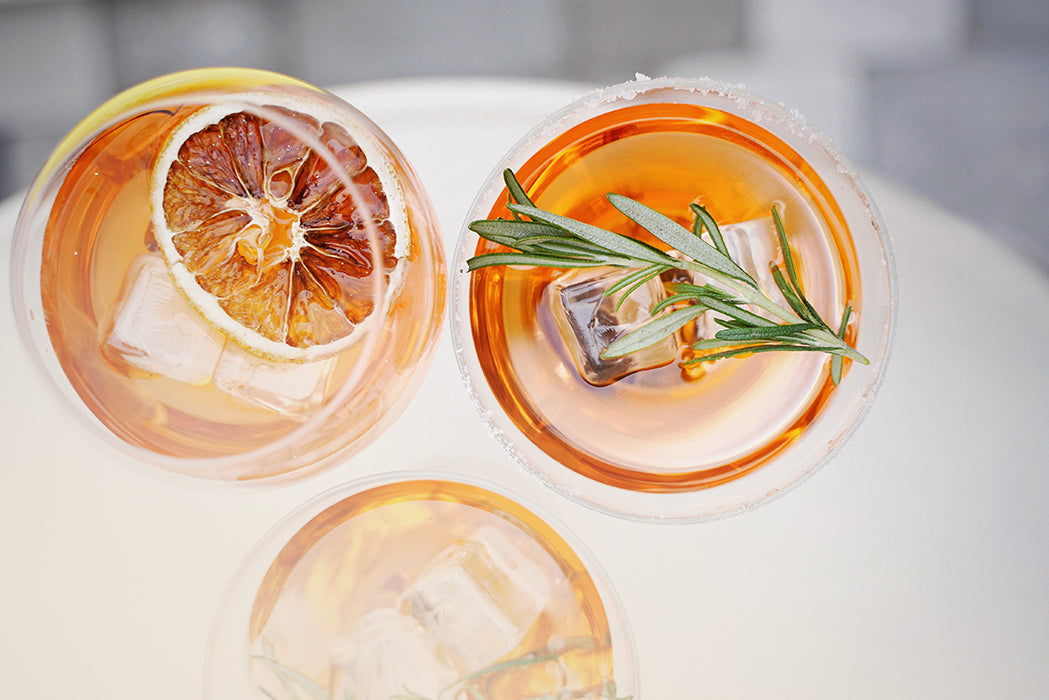
Teilen:
2 comments
Hallo Miri,
die Flüssigkeit kannst du für ein SCOBY-Hotel oder als Ansatzflüssigkeit für neuen Kombucha verwenden. Beim neu ansetzten, sollten 100-150ml pro Liter immer Ansatzflüssigkeit (sehr saurer und starker Kombucha) sein. Liebe Grüße!
Hallöchen,
so jetzt habe ich meinen eigenen Scoby 🥳 und einen fertigen Kombucha? Oder ist die Flüssigkeit vom „Scobyzüchten“ nicht zu gebrauchen und ich muss einen neuen Kombucha ansetzen?
Kann ich auch in dieser Flüssigkeit meinen Scoby aufbewahren, wie in einem Scobyhotel?
Danke euch 🫶🏼